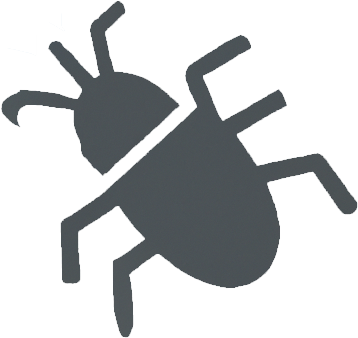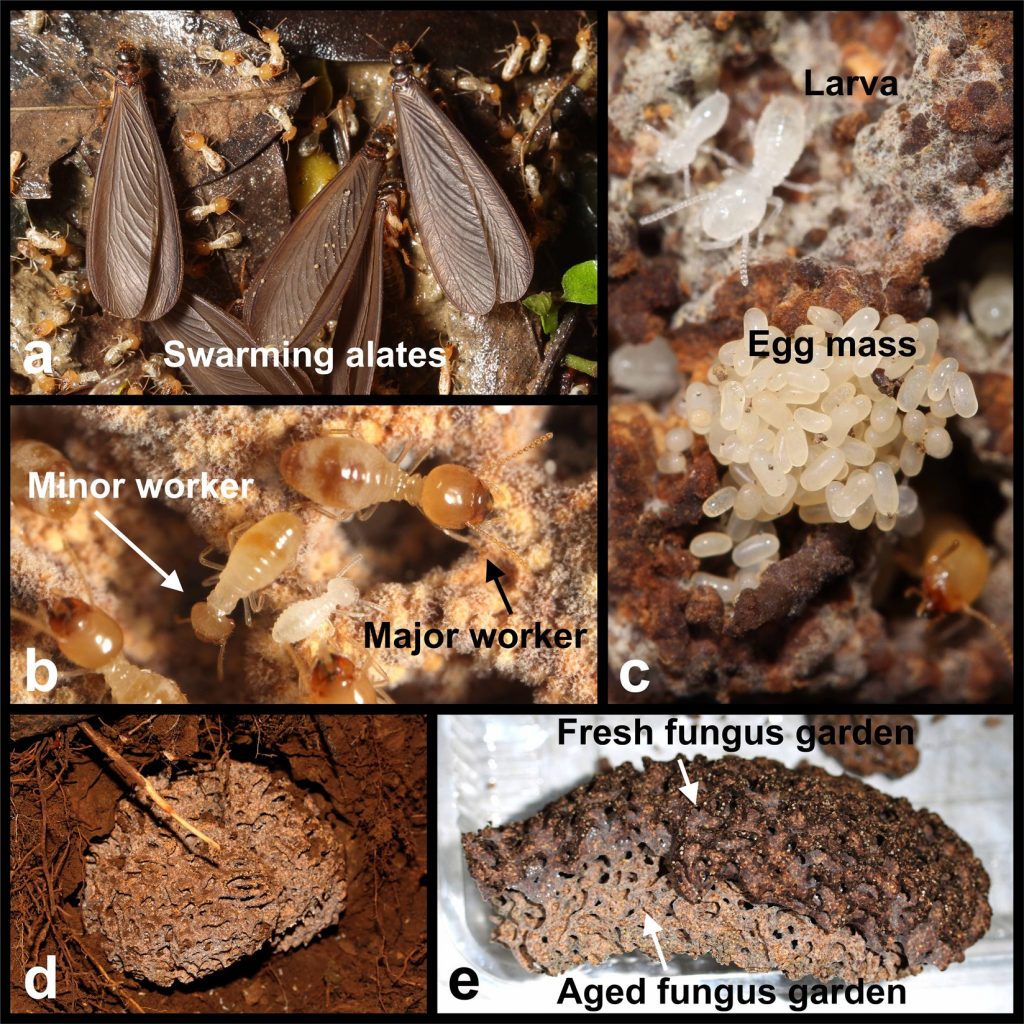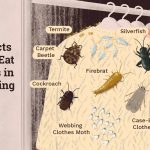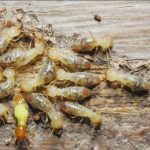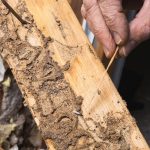Termites have long been seen as pests and a nuisance, but their potential to benefit agriculture is often overlooked. In this article, we explore the hidden benefits of termites in agriculture and how unlocking their potential can improve crop yields and soil health. We also consider the potential drawbacks and how to manage termites to ensure they are a beneficial part of agricultural ecosystems.
What are Termites?
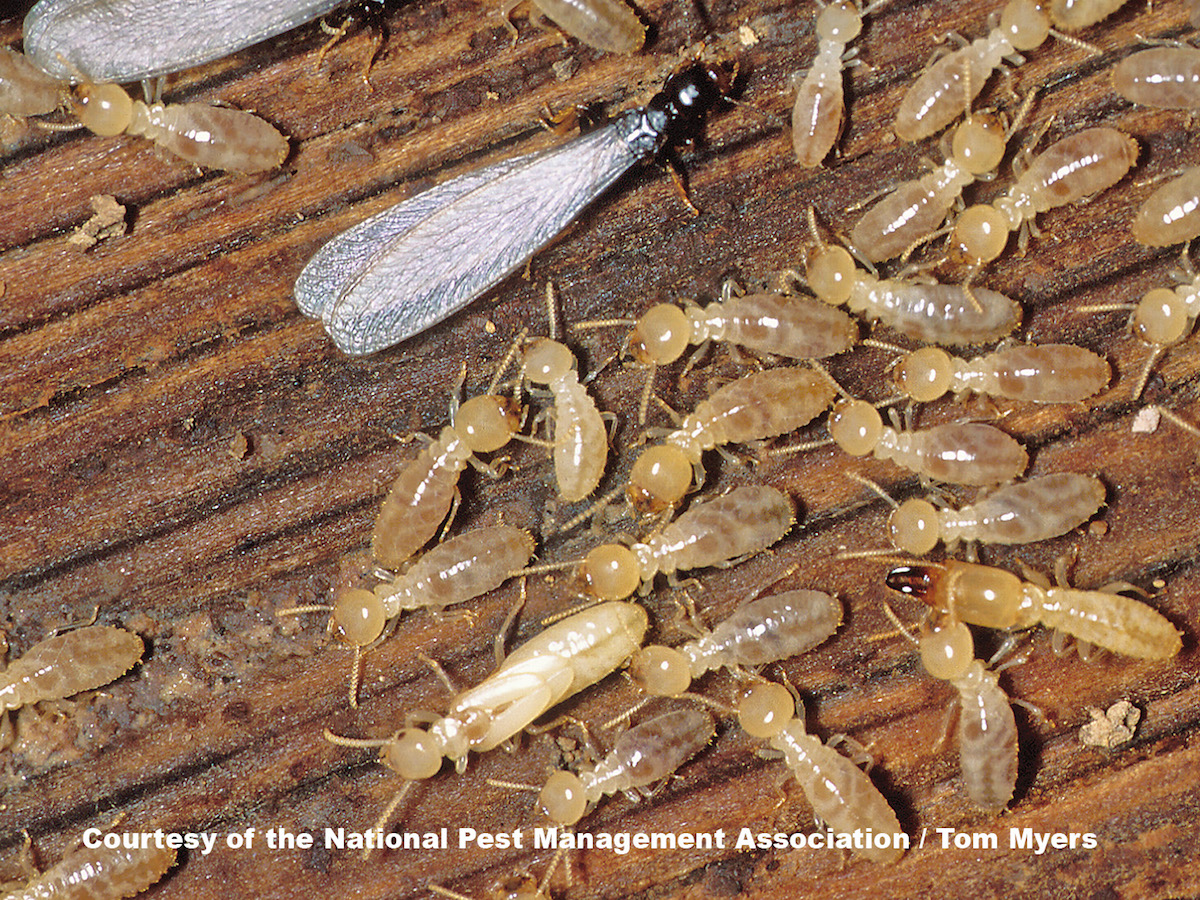
Termites are small social insects that belong to the order Isoptera and are related to cockroaches. These insects are found in most parts of the world, including the United States, and their colonies can contain up to several million members. Termites primarily feed on wood, but they also consume other organic materials. They are known for their destructive behavior, which can cause significant damage to buildings and agricultural crops. While some species of termites are beneficial to agriculture, others can be a major pest.
Types of Termites
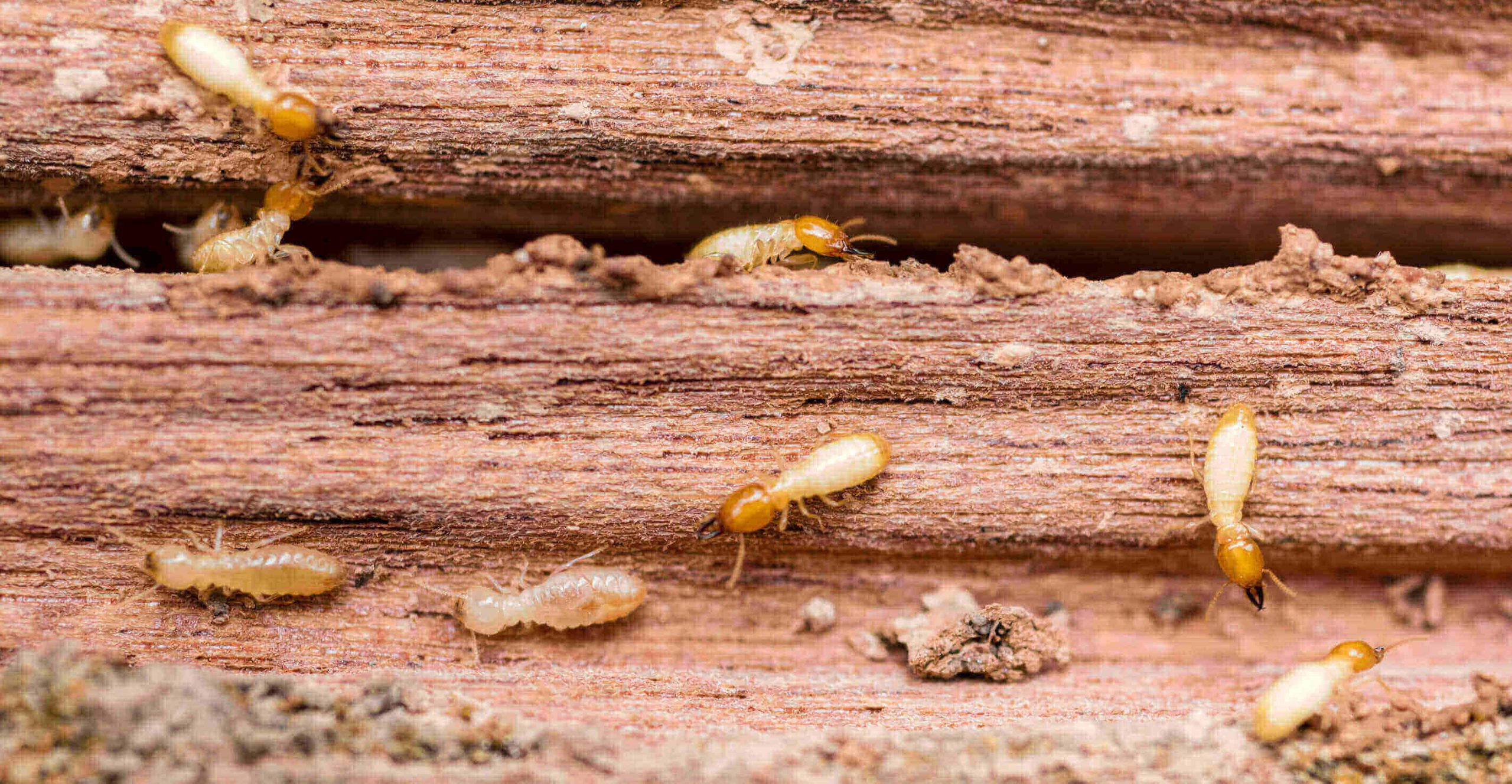
- Subterranean termites: These termites live and build their nests underground. They feed on wood, paper, and other cellulose-based material.
- Drywood termites: Drywood termites live in dry, undecayed wood. They can survive in warm climates and do not need contact with the soil.
- Formosan termites: Formosan termites are a type of subterranean termite. They are a major pest in the southeastern United States.
- Conehead termites: Conehead termites are a type of subterranean termite. They are found in tropical and subtropical climates. They are a major pest in the Caribbean.
- Mastotermes darwiniensis: Mastotermes darwiniensis is a species of termite found in Australia. It is considered to be the most destructive species of termite in Australia.
Agricultural Termites
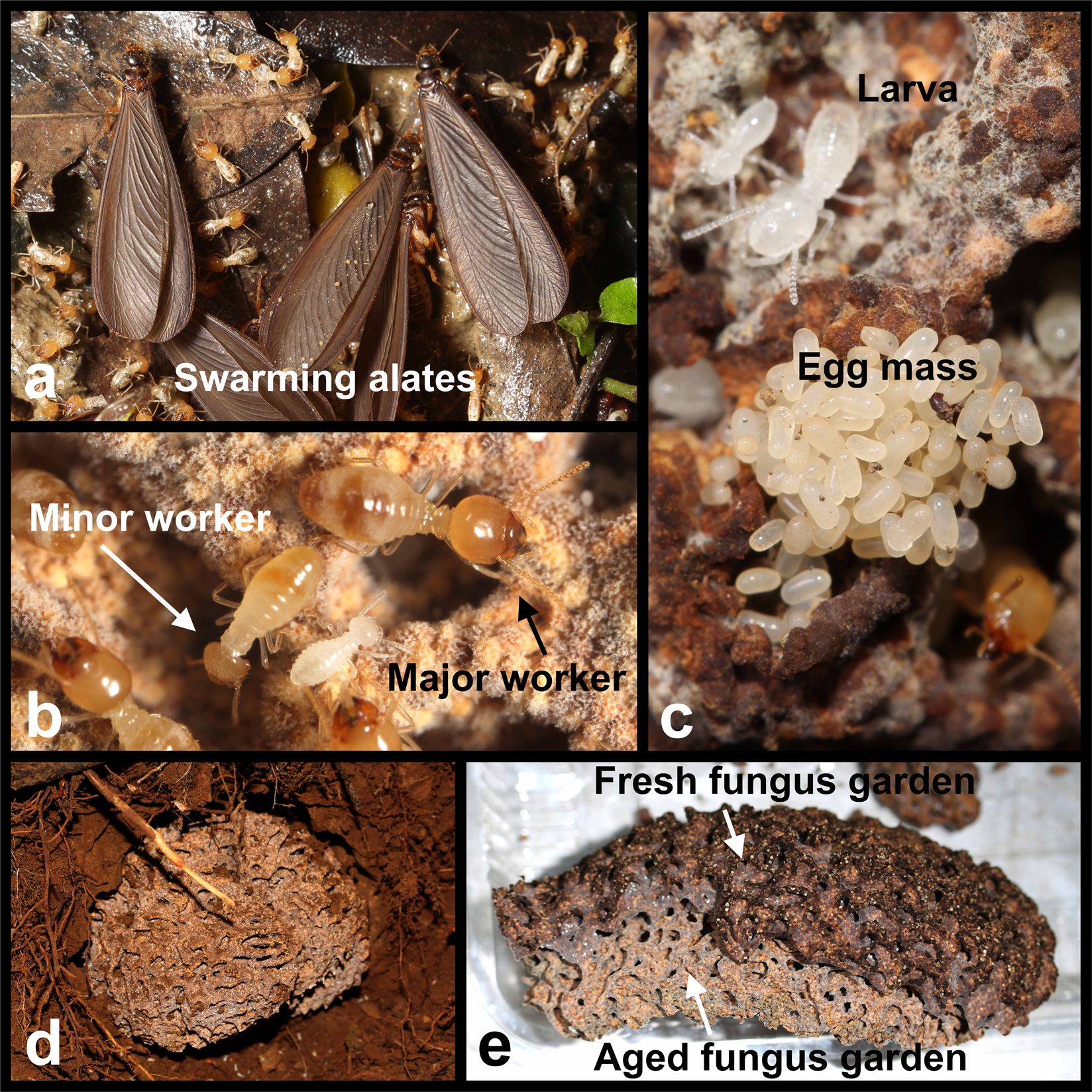
| Type | Description |
|---|---|
| Subterranean Termites | Build mud tunnels to find food and can cause extensive damage to structures. |
| Drywood Termites | Live entirely in dry wood and don’t need contact with soil. |
| Formosan Termites | A very aggressive species of subterranean termite. |
Agricultural termites are a group of insects that feed on crops and can cause extensive damage to agricultural production. The most common species of agricultural termites are subterranean termites, drywood termites, and Formosan termites. Subterranean termites build mud tunnels to find food and can cause extensive damage to structures. Drywood termites live entirely in dry wood and don’t need contact with soil. Formosan termites are a very aggressive species of subterranean termite. These termites can quickly overwhelm and damage crops, trees, and other plants in agricultural settings.
In order to protect crops and trees from termite damage, farmers and ranchers must use a variety of methods to control and eliminate termites on their land. These methods include chemical and physical barriers, as well as baiting and trapping. Chemical barriers are applied to the soil around plants and trees, while physical barriers can include fencing, gravel, or other material to form a physical barrier between termites and the crops. Baiting and trapping can also be effective in controlling termite populations.
Agricultural termites can be a major threat to agricultural production. It is important for farmers and ranchers to be aware of the different types of termites and how to control and eliminate them from their land in order to protect their crops and trees from damage.
Impact of Agricultural Termites
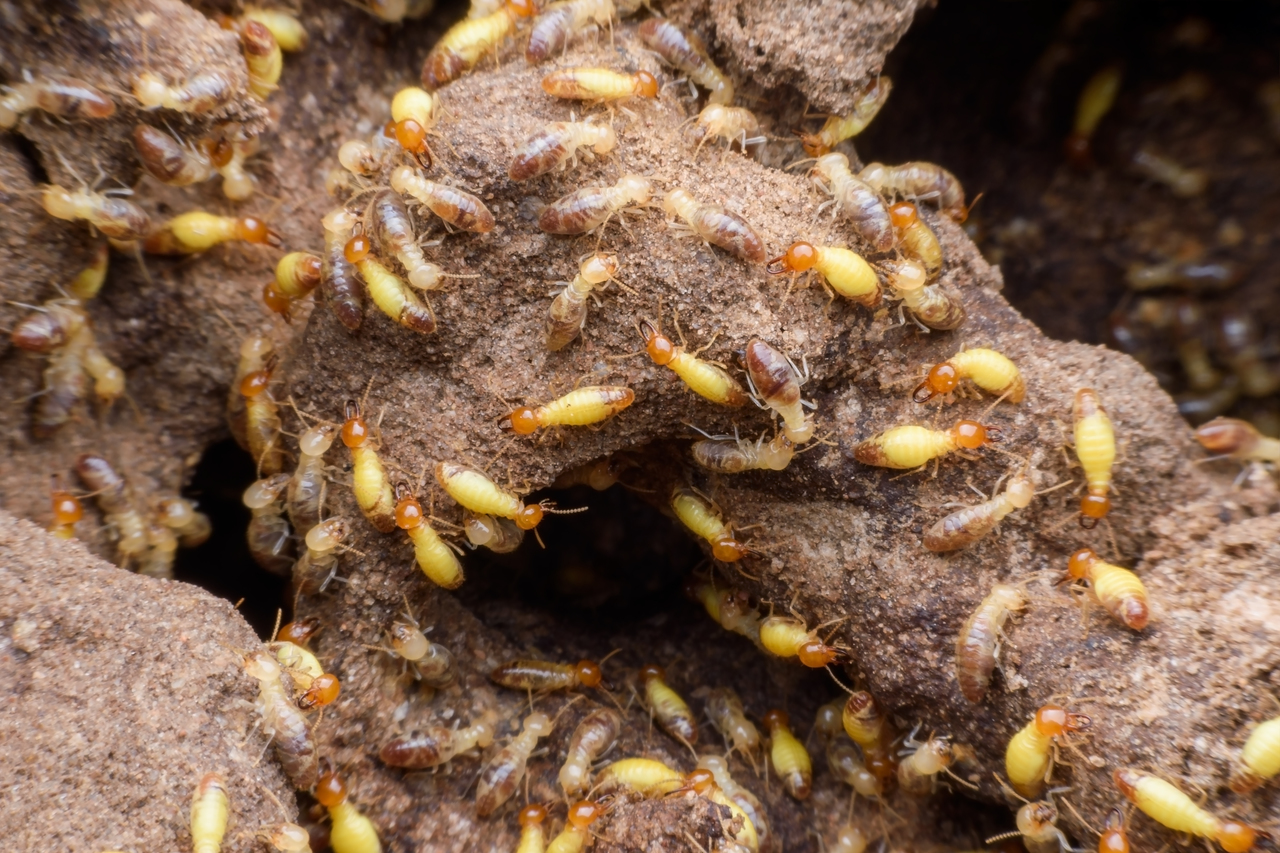
Agricultural termites can cause a significant economic impact to farmers and agricultural businesses. They are capable of causing severe damage to crops, as well as other structures and buildings located on agricultural land. Termites can also contribute to soil erosion, which can lead to a decrease in crop yields. In addition, termites can be vectors of disease, as they can carry harmful bacteria, fungi, and viruses. Finally, termites can be a nuisance pest, as they can invade homes, buildings, and other structures located near agricultural land. These pests can cause costly repairs and damage to the structures they infest.
Prevention of Agricultural Termites
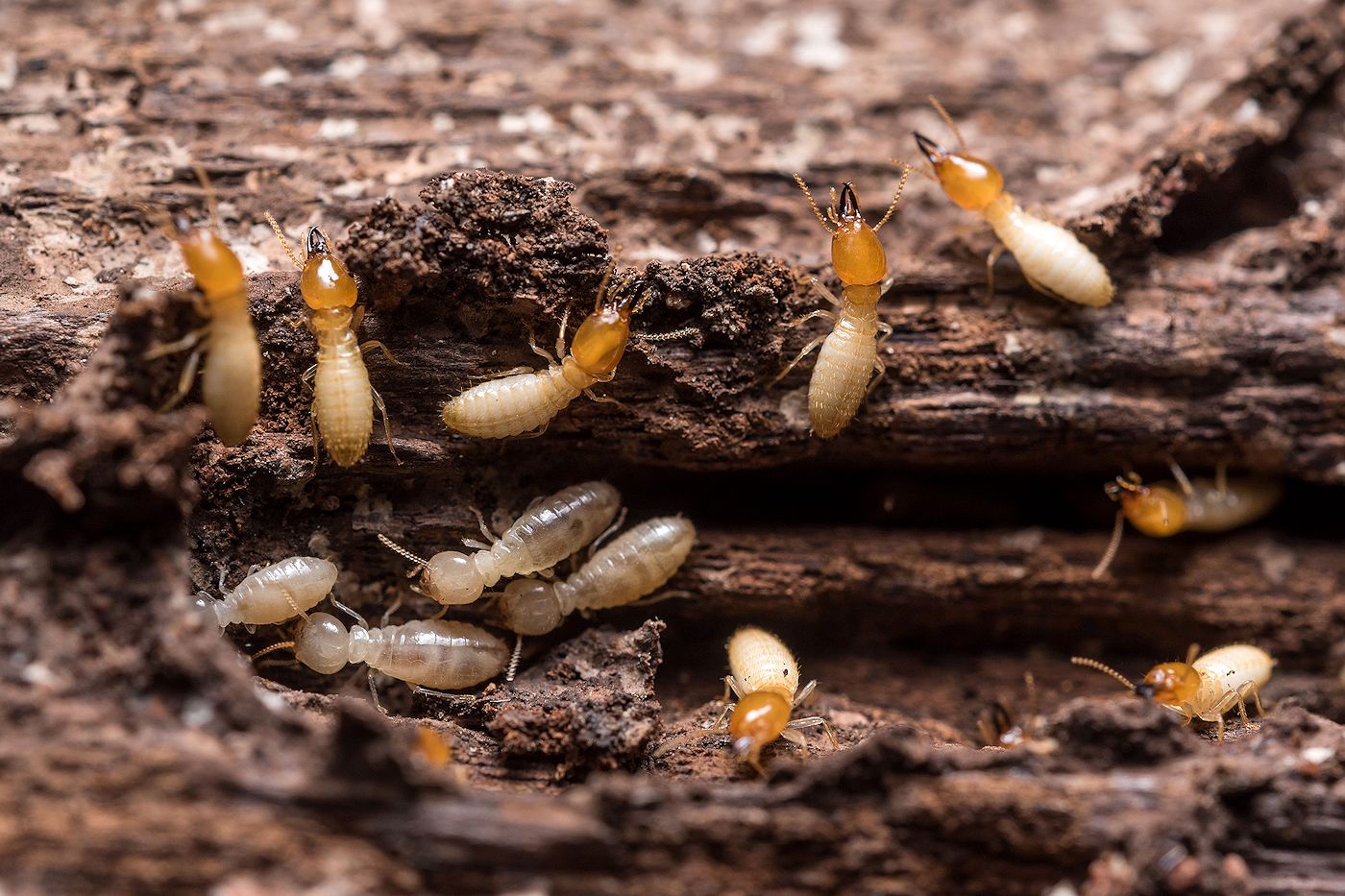
- Remove sources of excess moisture from the surrounding environment of the crop.
- Reduce the amount of organic matter around the crop, such as mulch, dead plants or leaves.
- Eliminate any sources of food, such as old tree stumps, logs, or other wood.
- Construct barriers around the crop to prevent termites from entering the area.
- Apply an appropriate insecticide or termiticide to the affected area.
- Regularly monitor the area for termite activity.
- If possible, use natural methods such as traps, baiting systems, and beneficial nematodes.
Treatment of Agricultural Termites
| Treatment | Description |
|---|---|
| Chemical | The application of chemical insecticides is the most commonly used method of controlling agricultural termites. This can be done through direct soil injection, soil drenches, and bait stations. |
| Cultural | Cultural control methods involve modifying the environment to reduce the attractiveness of the area to termite colonies. This includes removing potential food sources, such as wood and mulch, and improving drainage in the area. |
| Biological | Biological control methods involve introducing natural predators and parasites of termites into the area to reduce their population. These include nematodes, fungi, and bacteria. |
| Physical | Physical control methods involve the use of barriers and other physical barriers to prevent termites from entering and damaging the crop. This includes fencing, mesh screens, and concrete slabs. |
Long-term Control of Agricultural Termites
Agricultural termites can be controlled through several methods. One of the most effective long-term control options is the use of physical barriers such as metal, plastic or stone barriers to create a barrier between the soil and the building foundation. This prevents termites from entering the building. Another long-term control method is the use of chemical barriers, such as insecticides, that can be applied around the perimeter of a structure to create an impenetrable barrier to termites. Additionally, baiting systems can be implemented to attract and kill termites that are already in the area. These baiting systems can be used to target specific species, and can be a cost-effective way to eliminate existing infestations. Finally, preventive maintenance is essential to long-term termite control. This includes regular inspections of the building and surrounding area, as well as maintenance of any physical barriers or chemical treatments in order to ensure that termites are not able to enter the building.
Frequently Asked Questions
What are the Potential Benefits of Using Agricultural Termites?
Agricultural termites can be used to improve soil fertility, reduce erosion, and improve crop productivity. They are effective at breaking down organic material and returning essential nutrients to the soil. Additionally, they can be used to control harmful nematodes, weeds, and other insects that damage crops. Their presence can also help to promote healthy microbial activity in the soil, which can further boost crop yields. Agricultural termites can also help reduce the need for chemical fertilizers, which can be damaging to the environment.
How can agricultural termites benefit agricultural production?
Agricultural termites can improve soil structure and fertility, and increase crop yields by providing essential soil nutrients and improving soil water retention. They can also help to reduce soil erosion by creating tunnels and pathways that allow water to penetrate the soil. Termites can also act as a natural form of pest control by consuming pests and their larvae, helping to reduce damage to crops. By promoting a healthy and diverse soil microbiome, termites can also help to reduce the need for chemical fertilizers and pesticides.
What are the best practices for controlling agricultural termites?
The best practices for controlling agricultural termites include the use of physical barriers, such as termite shields and baiting systems, as well as chemical treatments. Physical barriers, such as termite shields, can be placed around vulnerable areas where termites enter the building to prevent them from entering. Baiting systems attract termites to a bait station filled with a bait containing an insecticide that termites consume and spread throughout the colony, eliminating them. Chemical treatments are best used in conjunction with physical barriers, such as a barrier of soil around the foundation of the building. This creates a chemical barrier that will repel and kill termites as they come in contact with it.
What are the Environmental Benefits of Using Agricultural Termites?
Agricultural termites can provide a number of environmental benefits such as reducing soil erosion, improving soil fertility, and reducing the spread of pests. Termites can improve soil structure by aerating the soil, meaning it can better absorb water and retain more moisture. This leads to improved crop health and a reduction in the need for chemical fertilizers, which can be detrimental to the environment. Termites also help to break down organic matter, which helps to provide nutrient-rich soil. Furthermore, they can help to reduce the spread of pests by preying on them.
How can agricultural termites help improve soil fertility?
Agricultural termites help improve soil fertility by increasing the water retention capacity of soils and improving soil structure. They help in the breakdown and cycling of nutrients, as well as in the decomposition of organic matter. They also help to aerate the soil and reduce compaction, which in turn increases the availability of water and oxygen to plant roots. Termites can also help in the production of humic acids, which can help to improve the fertility of soils.
Conclusion
Termites play an important role in the agricultural industry. They provide essential services for farmers, such as nutrient cycling, soil aeration, and pest control. Additionally, their ability to break down organic matter makes them a valuable source of fertilizer for crops. While their destructive nature can cause damage to buildings and crops, their beneficial effects can be harnessed to improve soil fertility and quality. With increased knowledge of the benefits of termites in agriculture, farmers can use them to their advantage and unlock the potential of this hidden resource.
